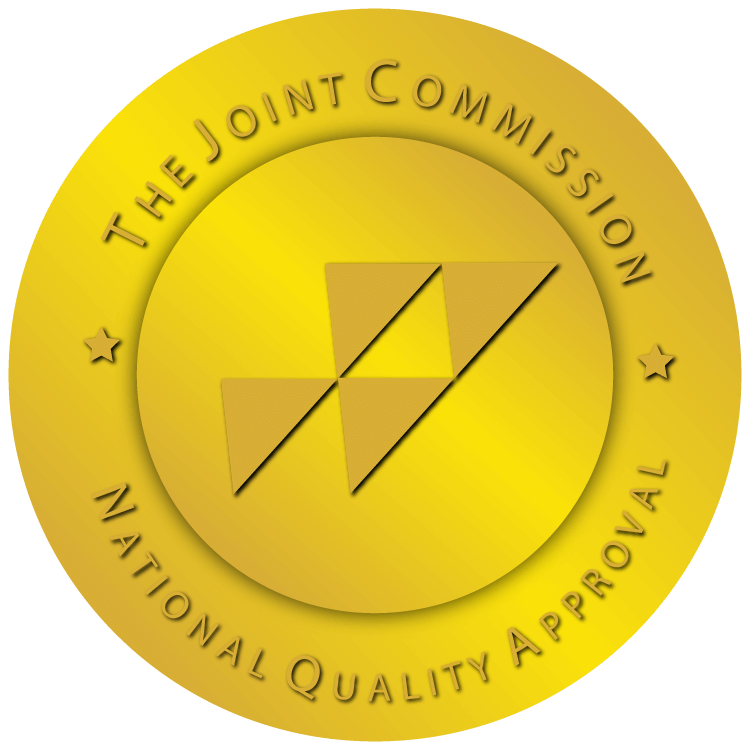Signs of meth use can often reveal the devastating effects of what has been labeled “America’s most dangerous drug.”¹ In 2024 alone, about 2.5 million people in the U.S. reported using meth in the past year.² This powerful and highly addictive substance has caused severe health problems and torn lives apart. Recognizing the signs of meth use is crucial for identifying when someone may need help for substance use disorder (SUD)—or when it might be time to take action for yourself.

1. Cardiopulmonary
- Chest pain
- Palpitations
- Shortness of breath
- Possible heart attack
- High blood pressure
Meth use can cause chest pain, making it feel like your heart is being squeezed or stressed. You might also experience palpitations, where your heart races or pounds unusually hard. Another common symptom is shortness of breath, where it feels like you can’t catch your breath.
A study shows that meth causes your blood vessels to constrict, which raises your blood pressure and forces your heart to work harder. This can lead to pulmonary hypertension, where the blood pressure in the arteries of your lungs is too high. Over time, this increased pressure can damage both your lungs and heart, making it harder for your body to get enough oxygen.
If you’re feeling these symptoms, it’s important to seek help quickly, as these signs could mean your cardiovascular system is being severely impacted by meth use.
2. Central Nervous System
- Agitation
- Anxiety
- Seizures
When you use meth, it can have a serious effect on your central nervous system. You might start feeling unusually agitated or restless like you can’t sit still or relax. Anxiety may take over, making you feel tense, worried, or on edge for no clear reason.
A survey published in the Health Affairs journal finds that meth use can also lead to seizures, which are sudden bursts of electrical activity in the brain that can cause uncontrollable shaking, loss of consciousness, or even injury.
These signs suggest that the brain is being severely affected, and the longer the substance is in the system, the worse the damage can become. Getting professional treatment can help prevent further harm and support recovery.
3. Psychosis
- Persistent delusions
- Intense hallucinations
- Loss of touch with reality
In contrast to the more temporary effects seen in the central nervous system from meth use, meth-induced psychosis is a more severe and long-lasting condition.
Meth psychosis is marked by persistent delusions, such as believing others are trying to harm them without evidence, and intense hallucinations. As a result, they may experience a loss of touch with reality, where they can no longer differentiate between what is real and what is imagined. This often leads to unpredictable and potentially dangerous behavior.
Methamphetamine psychosis is more common in individuals heavily dependent on the drug, especially those who start using it young, use it frequently, or have high drug concentrations in their blood. Unlike the temporary central nervous system effects, psychosis can persist long after the drug leaves the body, which requires utmost medical intervention.
Treatment may involve antipsychotic medications and benzodiazepines. However, a holistic treatment for meth dependence is highly effective and is considered the best first-line treatment to help prevent relapse.

4. Cerebral Issues
- Brain inflammation
- Risk of stroke
- Parkinson’s disease and cognitive decline
- Vision issues and blindness
Over time, using meth can lead to brain inflammation, which can damage your brain cells and affect how your brain works.
You may also face an increased risk of strokes, which happen when blood flow to your brain is blocked or reduced, potentially causing permanent damage. Chronic meth use is also linked to Parkinson’s disease and cognitive decline, making it harder to think clearly, focus, or remember things. This happens because meth causes certain areas of your brain to break down over time, a process known as neurodegeneration.
Meth doesn’t just impair your brain—it can also affect your eyesight. Long-term meth use can lead to vision problems or even blindness due to its damaging effects on your body. This can happen as a result of the drug’s impact on blood vessels and inflammation, which can harm the delicate structures in your eyes.
These issues show just how damaging meth can be, and why it’s so important to pursue help if you or someone you love is struggling with meth use.
5. Weight Loss and Lack of Appetite
- Severe weight loss
- Appetite issues
When you use meth, it can suppress your hunger, leading you to skip meals or eat very little. Over time, this can result in unhealthy weight loss and nutritional problems that harm your body.
Some people, especially women, may turn to meth or other illegal stimulants to control their weight. A study finds that 70% of women who used drugs for weight loss reported using illegal stimulants like meth.
This is a dangerous way to try to manage weight, as the harm meth causes to your body far outweighs any short-term effects.
6. Infections and Immunity
- Endocarditis
- HIV
- Viral hepatitis
Using meth, especially through injection, exposes you to dangerous health risks like endocarditis, human immunodeficiency virus (HIV), and viral hepatitis.
Endocarditis, a serious infection of the heart lining and valves, occurs when bacteria enter your bloodstream through shared or unclean needles. Sharing needles also spreads HIV and hepatitis, both life-threatening viruses that pose significant risks to intravenous meth users.
Meth increases vulnerability not only due to risky behaviors but also by weakening your body’s ability to fight off diseases. This makes it easier for deadly pathogens to take hold and harder for your body to recover. Illnesses caused by these infections can become more severe and challenging to treat.
Recognizing these signs of meth use in yourself or someone you care about is the first step toward seeking help and support. It’s never too late to start healing and turn things around.

Sources:
- Edinoff, A. N., Kaufman, S. E., Green, K. M., Provenzano, D. A., Lawson, J., Cornett, E. M., Murnane, K. S., Kaye, A. M., & Kaye, A. D. (2022). Methamphetamine Use: A Narrative Review of Adverse Effects and Related Toxicities. Health Psychology Research, 10(3). https://doi.org/10.52965/001c.38161
- ONDCP Releases Plan to Address Methamphetamine Health and Safety Concerns. (n.d.). The White House. https://www.whitehouse.gov/ondcp/briefing-room/2022/05/07/ondcp-releases-plan-to-address-methamphetamine-health-and-safety-concerns/












